
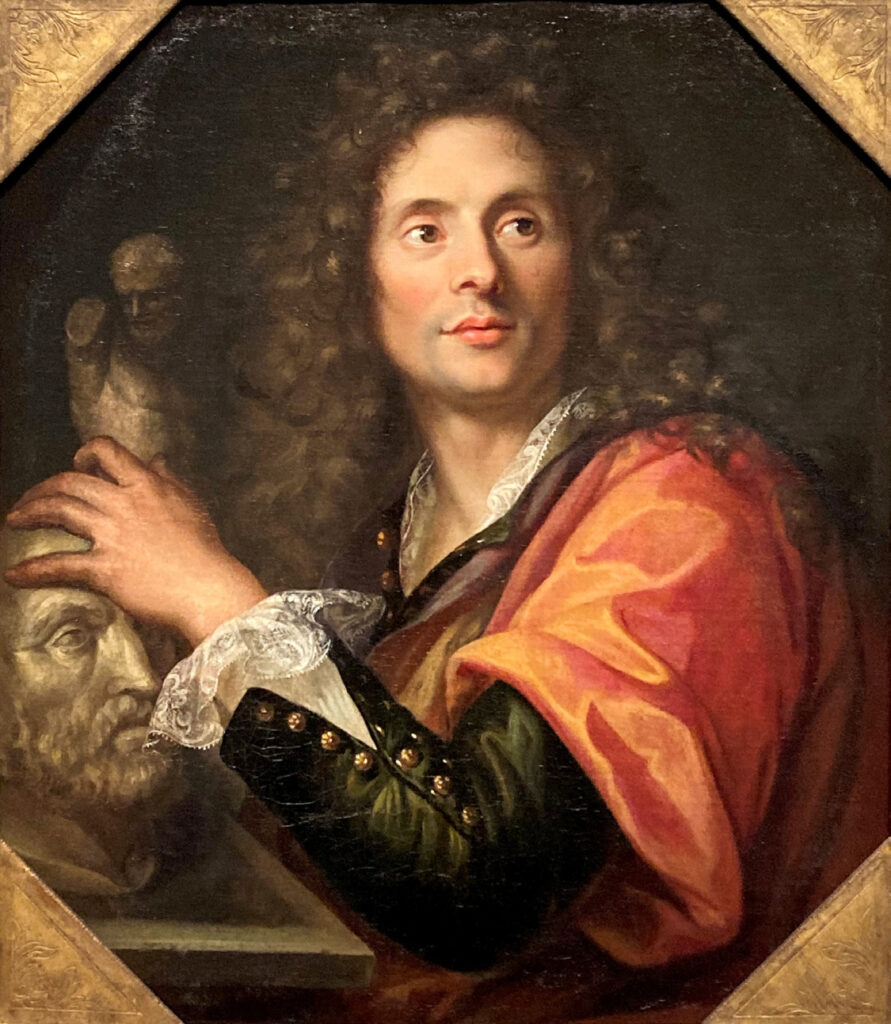
I spent an hour in France today because —in the words of William Wordsworth— “the world is too much with us.” After all the news of woe on radio and television (not to mention the blaring headlines on newspaper front pages) was nearly suffocating me, I thought it would serve me well to hop over to the Portland Art Museum and have what I like to call a “Mindfulness Moment.”
The Museum —affectionately known to Portlanders as PAM— is currently undergoing a 50-million-dollar expansion (named the Rothko Pavilion after the great 20th century painter who spent a significant period of time in Portland). This means that many of its galleries are now closed to protect its collections from construction dust and vibration. But three spaces on the second floor—where a portion of the European Collection was displayed —has been reimagined (through November) as an ongoing exhibition called “Throughlines: Connections in the Collections” that juxtaposes disparate pieces from the Museum’s large holdings of Asian, European, American, and Native American art. These juxtapositions are presented thematically (much like the art in the re-thought galleries at the MoMA in New York), and a number of those often deliciously quirky associations present French art from the 17th, 18th, and 19th centuries.
So, after one too many CNN “breaking news” stories, I decided to take an hour out to revisit the French paintings. Yes, there are other works on display, especially abstract pieces by contemporary American painters, but I wanted an afternoon with some old, familiar friends.
Some paintings are by recognized masters: an early work by Claude Monet; a Renoir that depicts two girls sharing a quiet moment with a book; and a cautionary tale showing the woes of alcoholism by the great 18th century genre painter Jean-Baptiste Greuze. But two works that have truly intrigued me over the years are by artists about whom we know very little —and they’re the ones I decided to stay with the longest on my meditative junket.
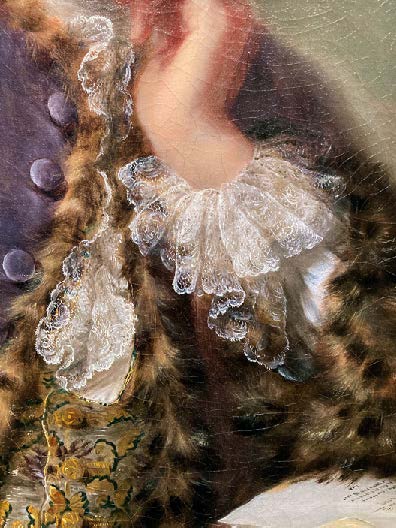
Marianne Loir
The first is Portrait of a Man Seated at a Desk (c. 1750) by Marianne Loir
(10 December 1705-11 May 1783). Digging into encyclopedias and art websites presents very brief summaries: She was active between the late 1730s to the mid-1760s. She specialized as a portrait painter of the upper classes, and was elected to the Academy in Marseilles. A quick tour of the internet reveals about 80 portraits, all exhibiting attention to detail, elegant use of color, and often opulent costumery. The PAM’s portrait is no exception.
Gabriel Revel
And then there’s Portrait of a Sculptor by Gabriel Revel (10 May 1643-9 July 1712) —a painter of portraits and historical scenes— that underwent a major cleaning and restoration by the Museum in 2017. Once again, online and library searches don’t give us a great deal: Revel divided his time between Paris, where he became a member of the French Academy, and the city of Dijon where he received important portrait commissions. His talents as a portraitist are demonstrated in this painting —presumed to be of the handsome artist Antoine Coysevox— through the subject’s steady gaze, his sensitive lips, and his forthright posture (he appears to be reaching for some of his sculptures). Like Loir, Revel chose the nobility and intelligentsia of the day as his primary subjects.
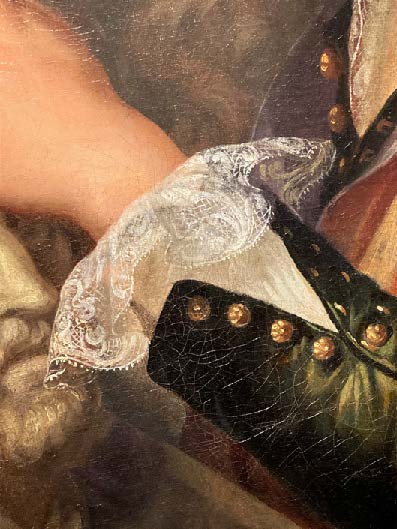
But what is it about these two particular portraits that continues to entice me? I think it’s all the attention to detail in the clothing, most especially the masterful depiction of lace. In the Loir, the lavender velvet of the coat, the richly embroidered vest, and the leopard finishes are visually “iced” with extraordinarily detailed lace. Delicate lines of white and grey with barely visible hints of pinks and yellow-browns create a nearly photographic baroque filagree that immediately draws in the eye.
With identical precision, Revel’s lace adorns the sleeves and open collar of the sculptor who is dressed in contrasting green and orange satin-like material. And with both paintings, every thread of the lace is meticulously, almost microscopically, drawn.
Mindfully paying attention to such details of a painting —in this case the clothing—and specifically the lace— pushed aside fears about the future and brought me completely into the “now moment.” The lace sleeves and collars in these paintings that are so exquisitely depicted reminded me that in a world of war and partisan “craziness,” there also was —and is— beauty and structure. I don’t think it’s an accident that during and after the horrors of World War One, many of the great modernist composers —Stravinsky, Strauss, and Respighi, for examples-—dove into what is now called neoclassicism. The Stravinsky of The Rite of Spring was suddenly composing Symphony of Psalms and Pulcinella —works of harmony and structure in the shards of a fragmented planet.
My day at the PAM wasn’t running away from the realities of the world around me; no, there are too many reminders everywhere. Yet sometimes we all need a break from what often seems like trauma. So spending a quiet hour with my French friends, focusing on the details of color and lace gave me a larger, fresher, more equitable perspective on life.
And that is most likely one of the many possible purposes of art: To show us that there can be hope and beauty in the world as well as emotional and intellectual stimulation. The lavish lace of Loir and Revel doesn’t change the horrors of Gaza but allows me to see that bloody tragedy in a more balanced way: Battles can rage in the Ukraine while Monet’s waterlilies can invite serenity; and anger-filled politicians can verbally assassinate each other while somewhere in a second-floor gallery in Portland, beautiful lace on a pair of centuries-old paintings can engender a moment of wonder, admiration, and even peace. G&

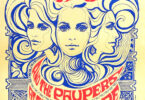
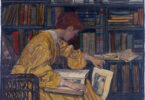

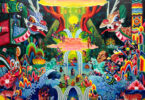
Leave a Comment